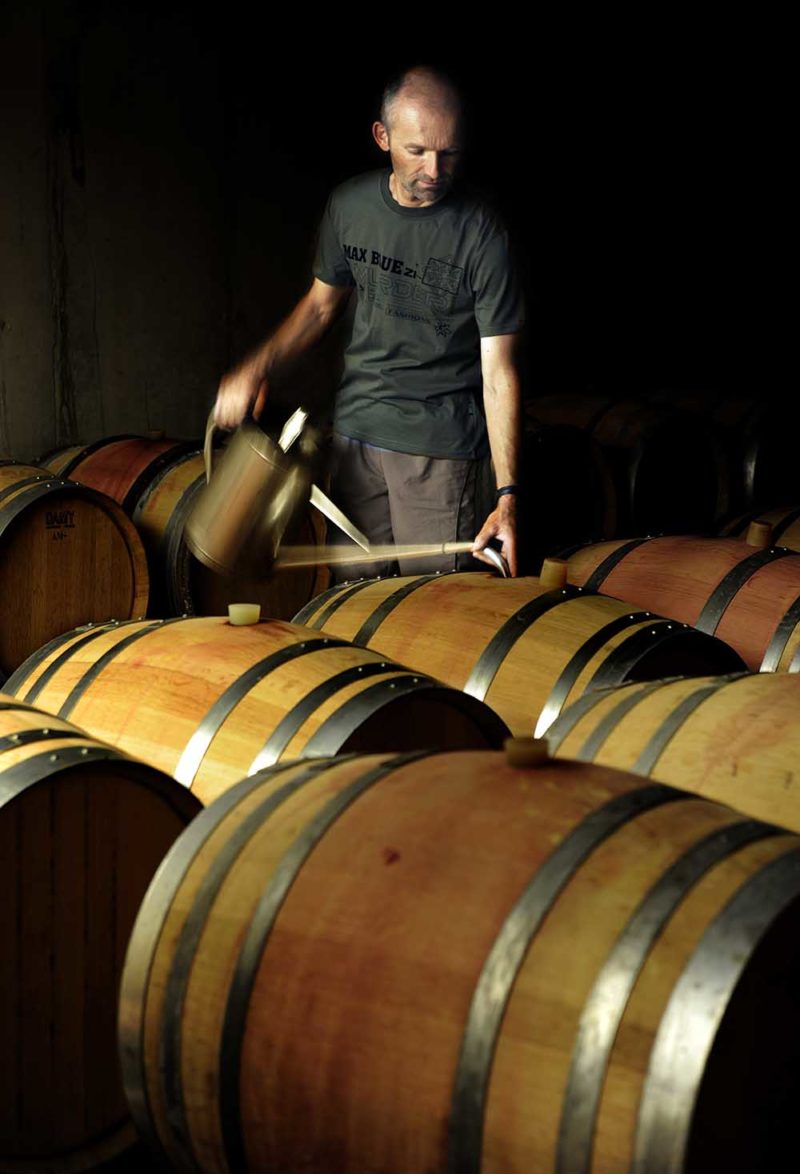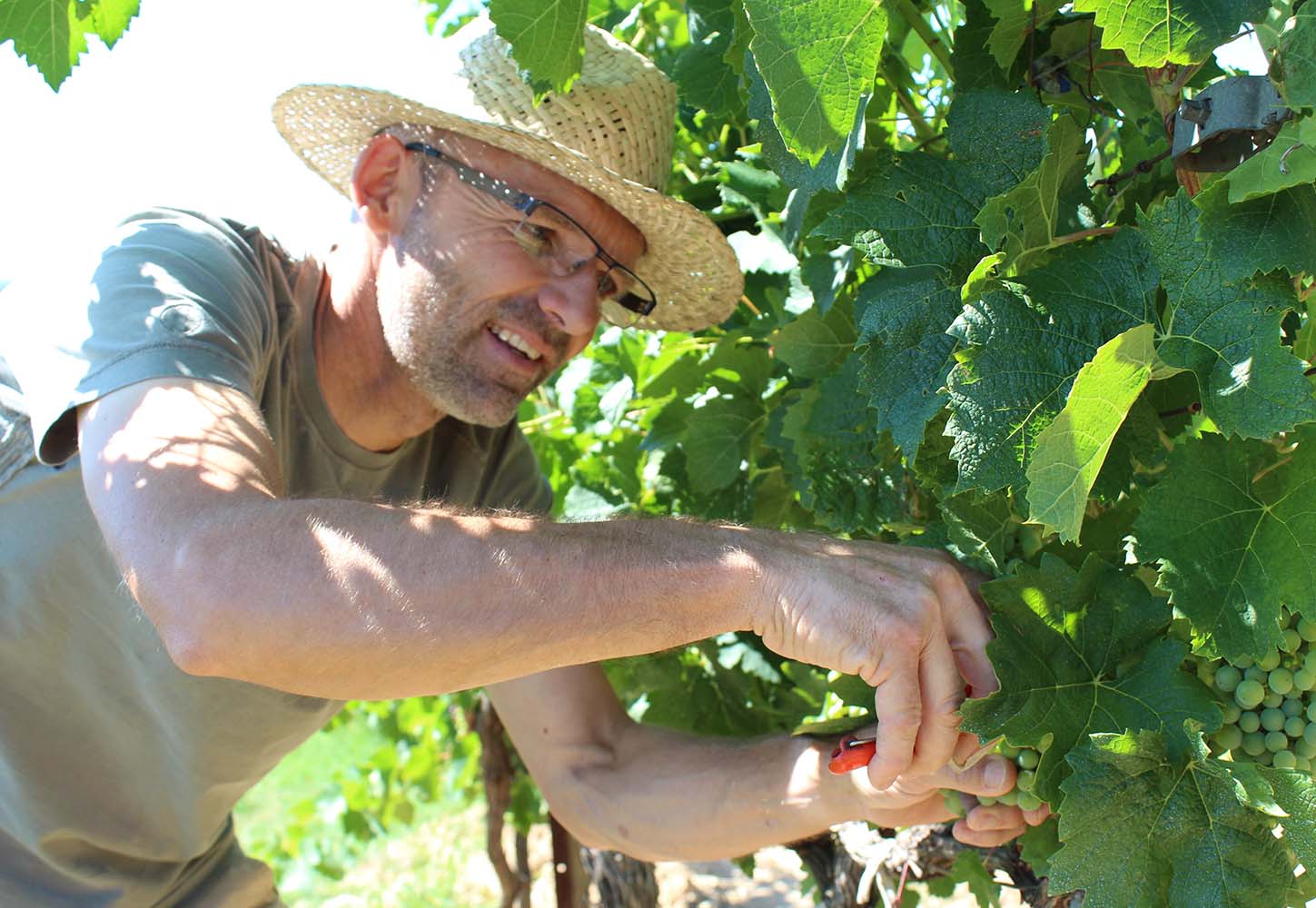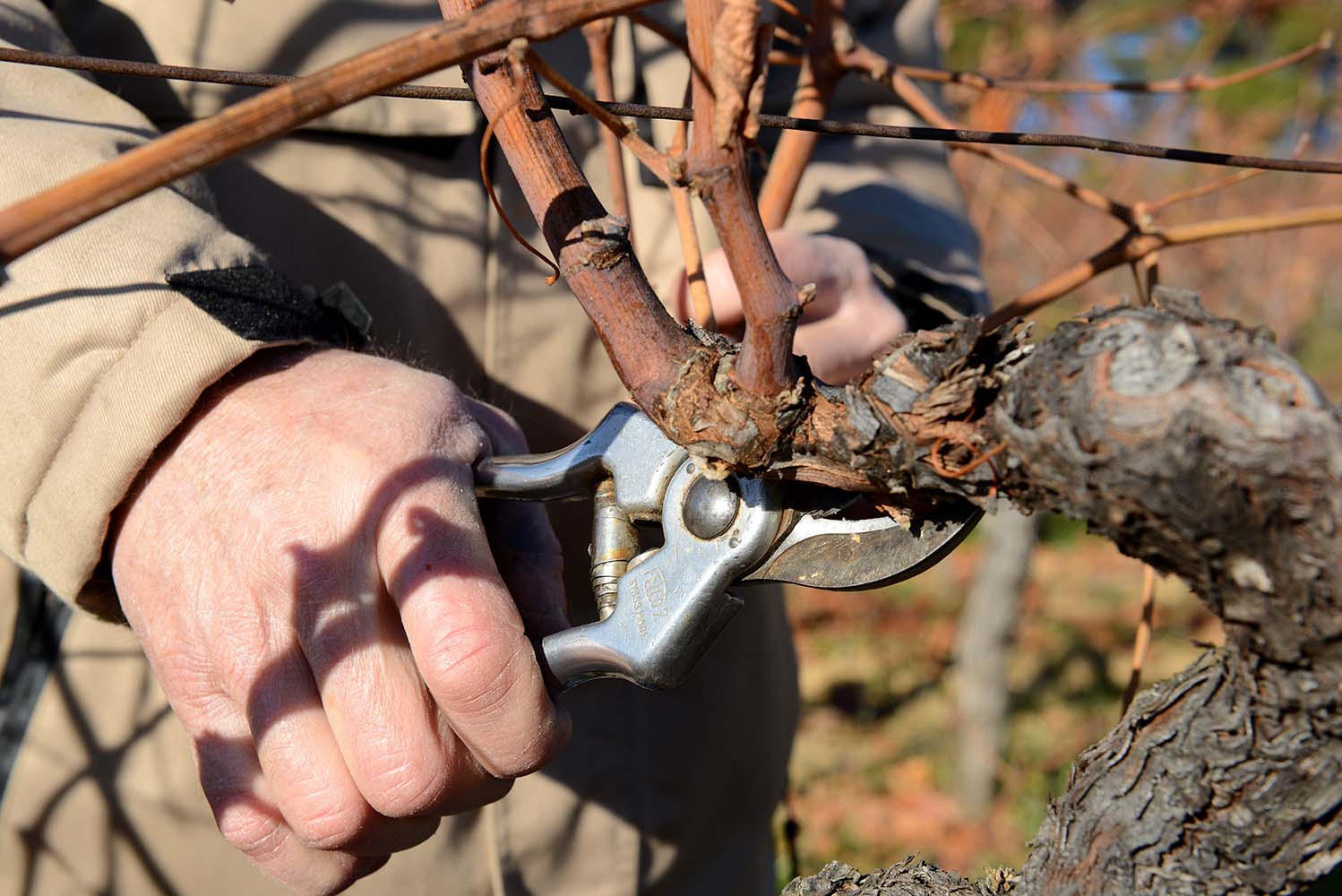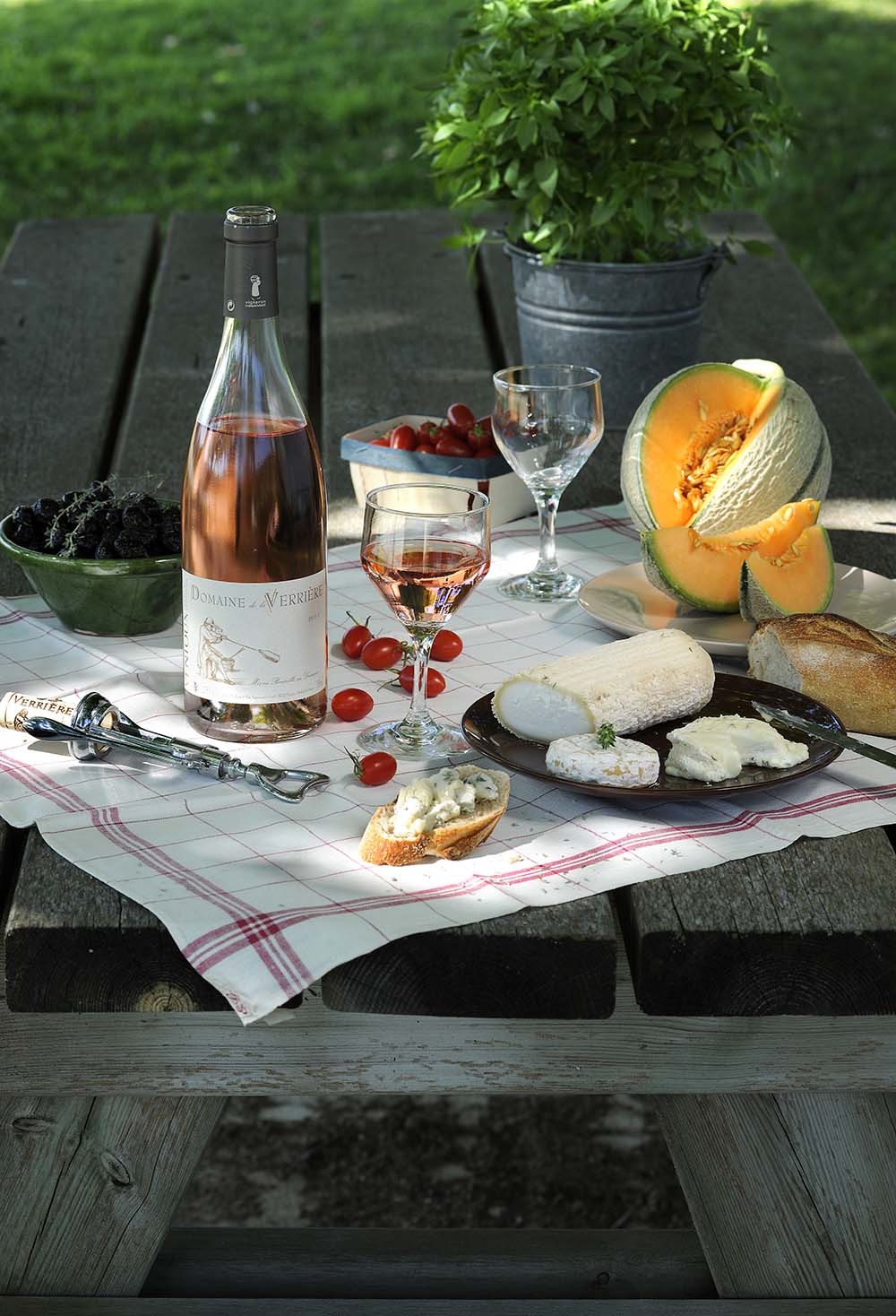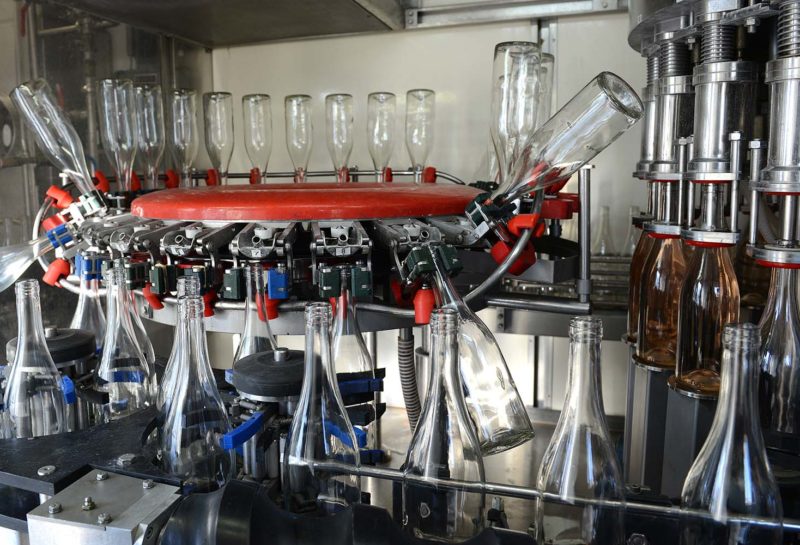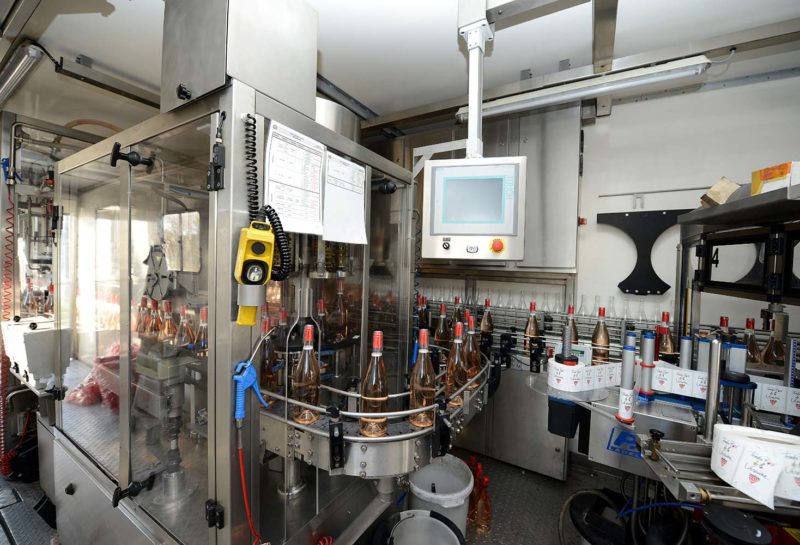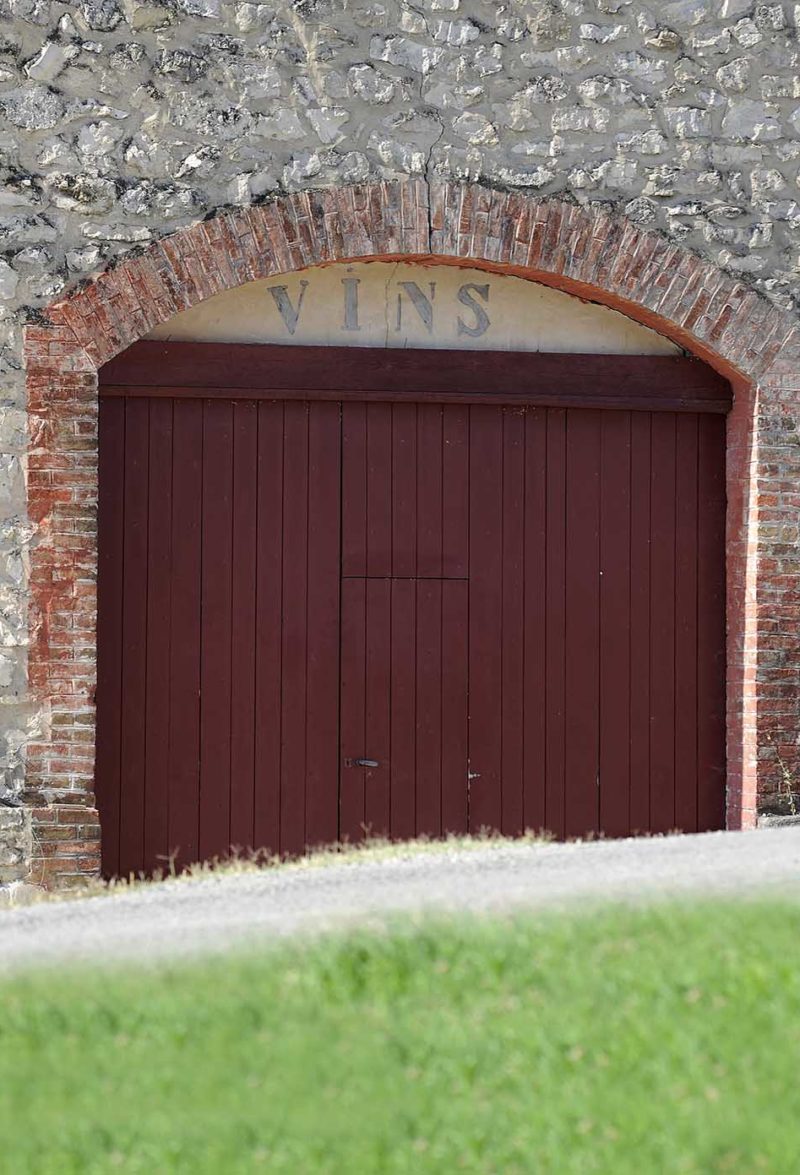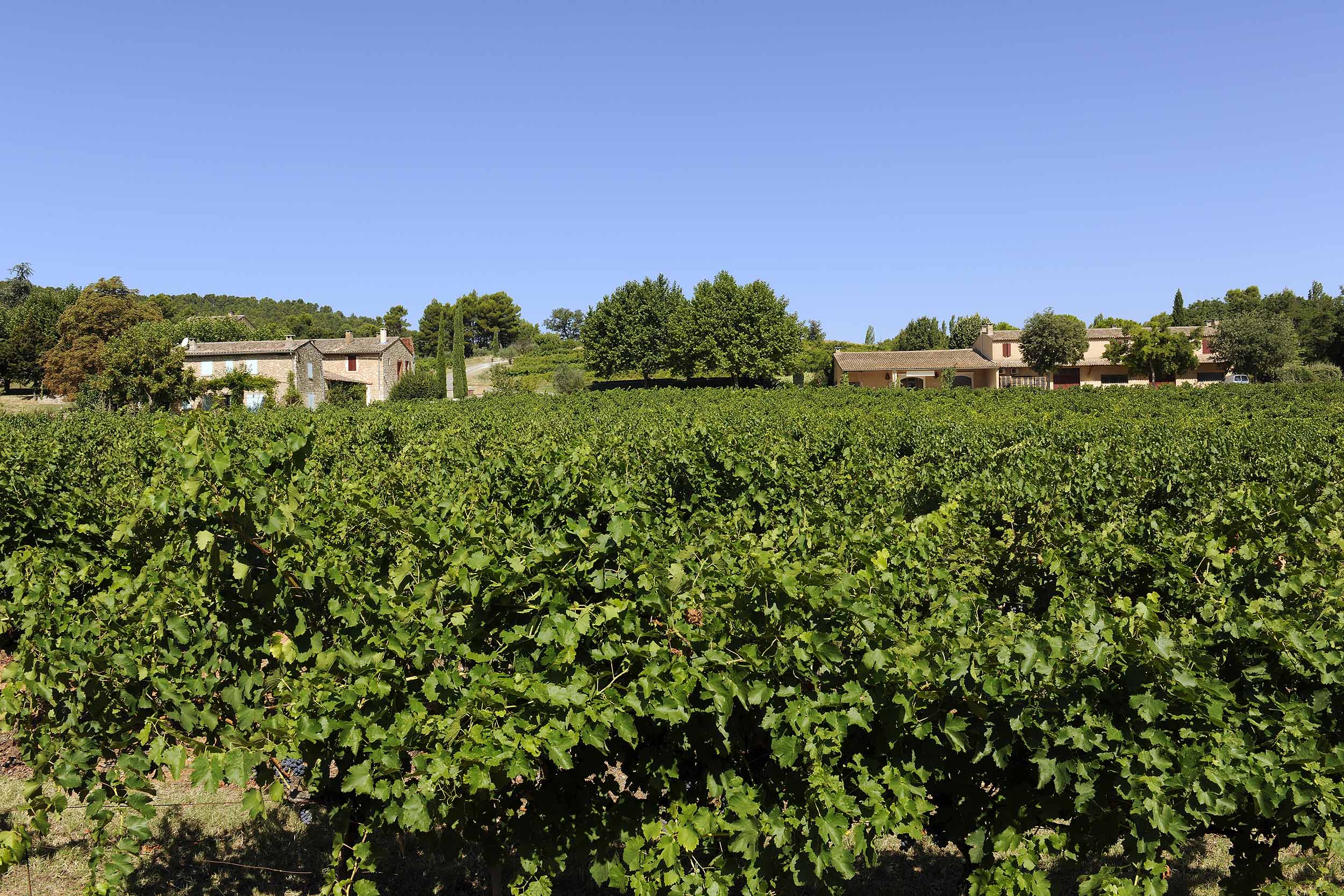
The Estate
Situated in the commune of Goult in the Luberon Regional National Park, the vineyards of the Domaine de la Verrière are on slopes surrounded by an area classified Natura 2000.
In 1470 Roy René de Provence set up Italian glassmakers here; the name of the estate, therefore, comes from these ancient glassworks.
In 1969 Bernard and Françoise Maubert fell in love with this very special place overlooking the Calavon valley and created one of the first private wineries in the AOP Ventoux region.
In 1985 their son Jacques, with the help of his wife Véronique, took over the winery from them.

The Estate
Situated in the commune of Goult in the Luberon Regional National Park, the vineyards of the Domaine de la Verrière are on slopes surrounded by an area classified Natura 2000.
In 1470 Roy René de Provence set up Italian glassmakers here; the name of the estate, therefore, comes from these ancient glassworks.
In 1969 Bernard and Françoise Maubert fell in love with this very special place overlooking the Calavon valley and created one of the first private wineries in the AOP Ventoux region.
In 1985 their son Jacques, with the help of his wife Véronique, took over the winery from them.
The Winery
The winery itself dates from 1900 with a vat built in local stone.
It was enlarged in 2000 with the construction of an underground barrel cellar and an air-conditioned room for storing and ageing the wines in bottles.
A modern vat for the vinification of the whites and rosés was also installed.
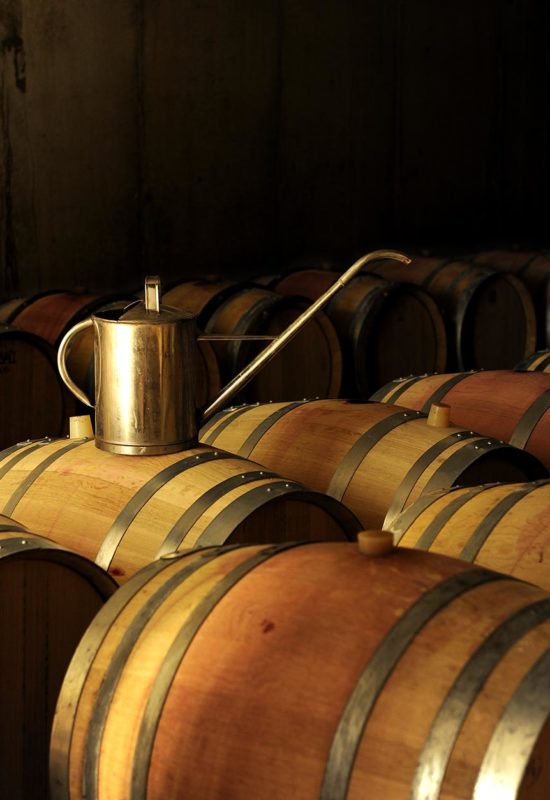
The Winery
The winery itself dates from 1900 with a vat built in local stone.
It was enlarged in 2000 with the construction of an underground barrel cellar and an air-conditioned room for storing and ageing the wines in bottles.
A modern vat for the vinification of the whites and rosés was also installed.

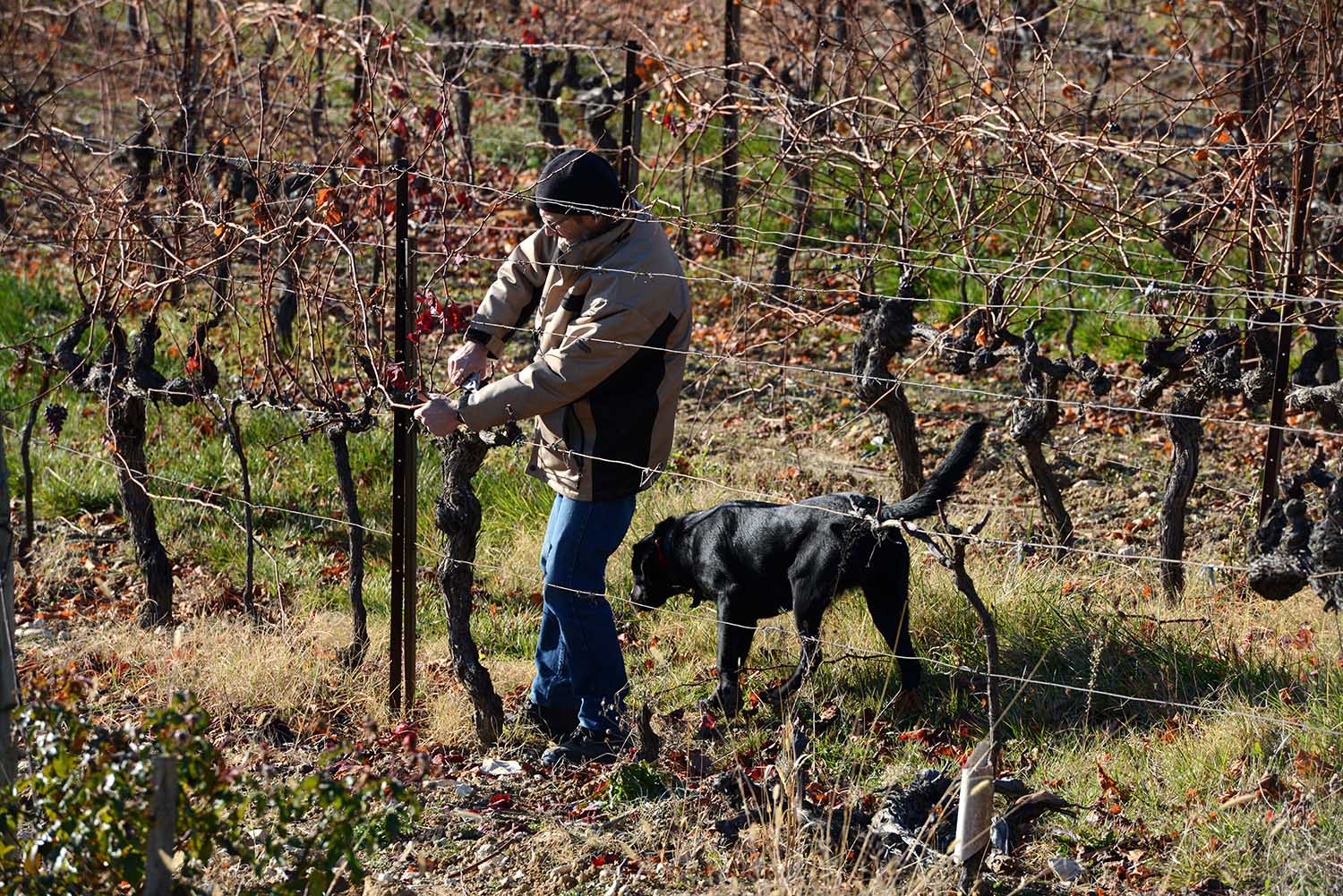
The Vineyard
We are lucky to have a varied terroir and thus be able to plant our different grape varieties according to exposure and type of soil and sub-soil. The grape varieties for the production of white and rosé wines (Grenache noir, Cinsault, Clairette, Vermentino, Roussanne and Viognier) are planted on the ochre sands (ferruginous Cretaceous sandstone). The varieties for red wines (Grenache noir, Syrah, Mourvèdre) are planted on the clay limestone soils (Quatenary colluvial deposits).
All the vines under production are grown without weed killers, between the vines the ground is ploughed in alternate strips leaving every other one grassed over to limit erosion.
We prefer to use organic fertilizer to encourage and preserve the balance and microbiology of the soil.
Yields are also limited by hard pruning in winter, a rigorous bud rubbing in the spring and, if necessary, bunch thinning in the summer.
All this enables the tremendous potential of our slopes to be fully exploited and benefits the varietal typicity of our traditional grape varieties.

The Vineyard
We are lucky to have a varied terroir and thus be able to plant our different grape varieties according to exposure and type of soil and sub-soil. The grape varieties for the production of white and rosé wines (Grenache noir, Cinsault, Clairette, Vermentino, Roussanne and Viognier) are planted on the ochre sands (ferruginous Cretaceous sandstone). The varieties for red wines (Grenache noir, Syrah, Mourvèdre) are planted on the clay limestone soils (Quatenary colluvial deposits).
All the vines under production are grown without weed killers, between the vines the ground is ploughed in alternate strips leaving every other one grassed over to limit erosion.
We prefer to use organic fertilizer to encourage and preserve the balance and microbiology of the soil.
Yields are also limited by hard pruning in winter, a rigorous bud rubbing in the spring and, if necessary, bunch thinning in the summer.
All this enables the tremendous potential of our slopes to be fully exploited and benefits the varietal typicity of our traditional grape varieties.
